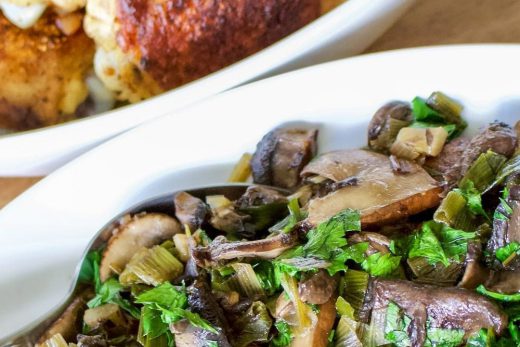It is a name given to a mixture of boy, thyme, dried mint, salt, black pepper, cumin, red pepper. But not every aunt who prepares tarhana uses this spice mixture. Therefore, if you go to the markets of these regions, you will find tall or non-male tarhana varieties produced and sold by aunts. In fact, some of the aunts who prepare the tarhana grate the tomato a few days in advance to make it more delicious and leave it to turn sour. After all the contents are mixed and kneaded well, it is divided into 4-5 parts and put in bowls. Covered with two layers of cloth or blankets, the dough is left for fermentation in the hottest corner of the house, avoiding direct sunlight. During fermentation, the tarhana dough is checked every two days to check for swelling, and at the same time, the doughs in each bowl are manually divided into smaller pieces. At the end of fifteen days, the dough pieces, whose swelling is completed and dried, are sieved with the help of hand and gained granule form.
During this fifteen-day swelling, the lactic acid bacteria found in yogurt in the tarhana dough ferment the sugars to form lactic acids, while the added sourdough ferment performs ethyl alcohol fermentation. Thus, the digestibility of the tarhana is increased and the tarhana has a sour and acidic aroma. In fact, this is the general characteristic of tarhanas produced by traditional methods in Anatolia.
Tarhana is a broad topic, summer doesn’t end. Its production differs from region to region.





